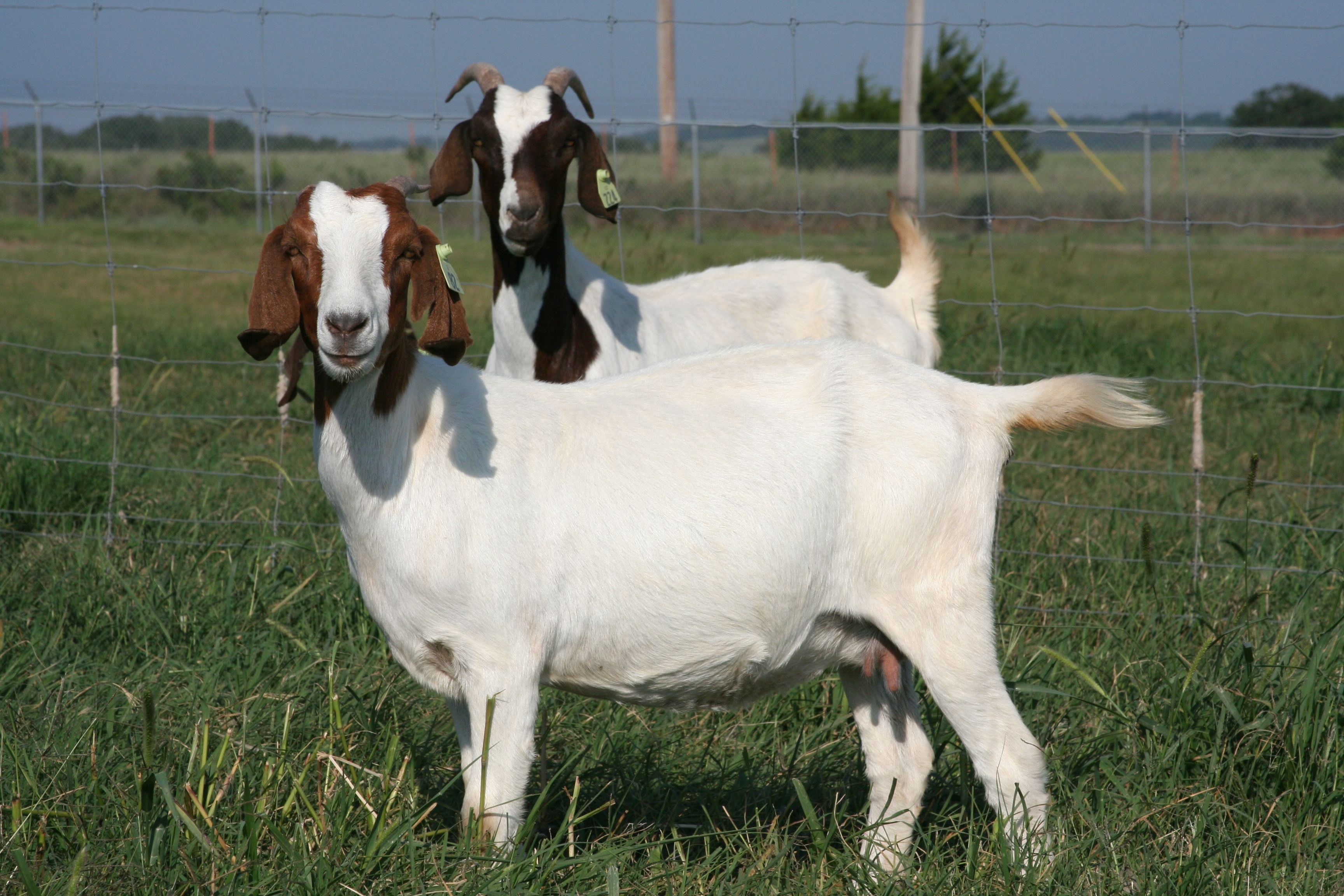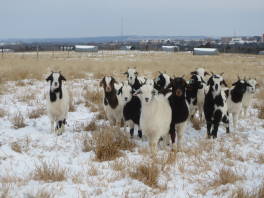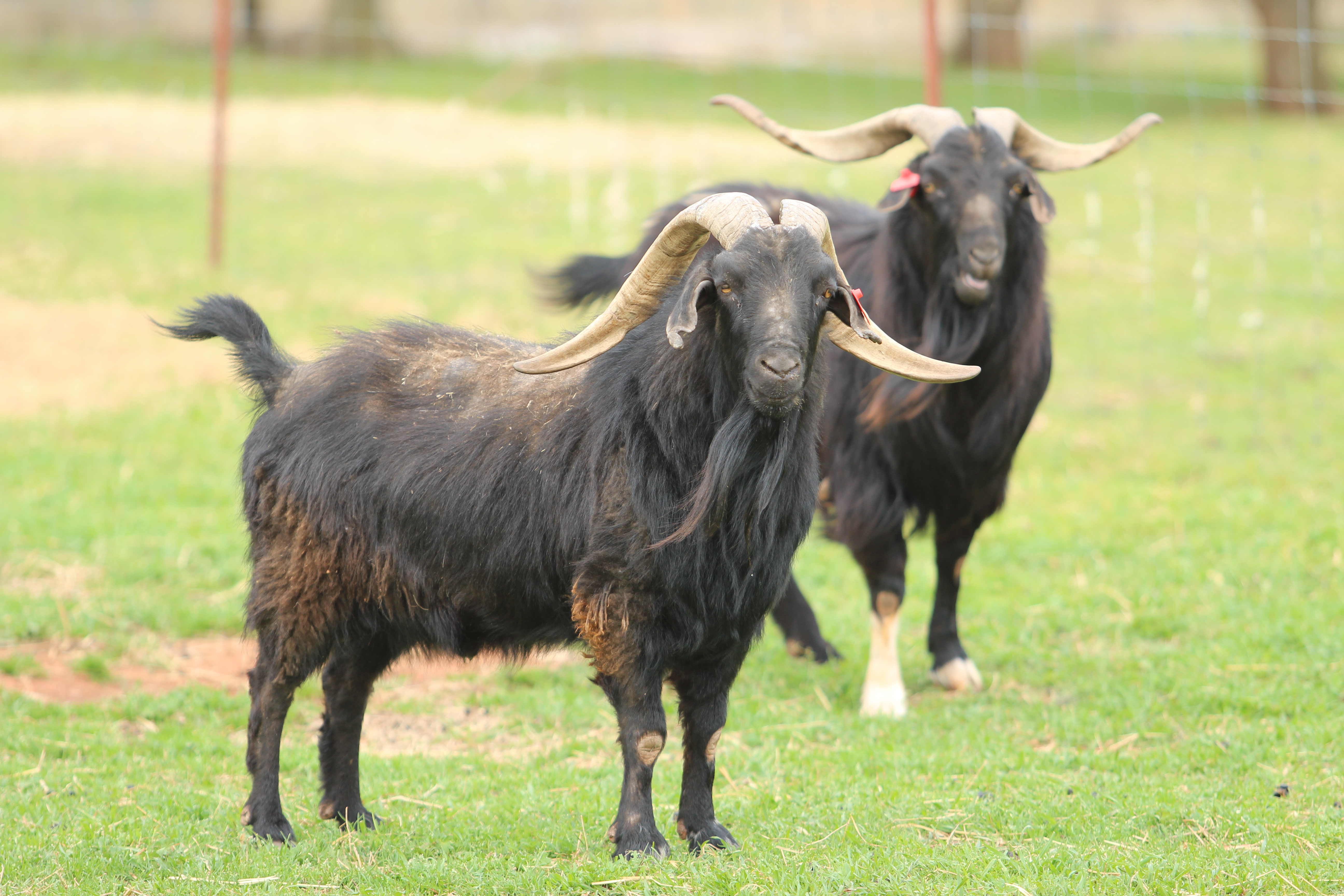Metabolizable Energy (ME) Requirement For Mature Goats
(Meat, Dairy, And Indigenous; > 1.5 Years Of Age; Non-lactating)
| Show/hide all text (hiding text will display calculator only) |
 |
 |
 |
Use this Energy Requirement Calculator to calculate the daily energy requirement for mature goats. Enter the data into the table below and then click the Calculate Energy Requirement button. The results will be displayed in the table at the bottom of the page. If the doe is in the last 2 months of gestation, click on the Gestation Energy Requirement Calculator. The ME requirement will then be added to the total requirement.
Example
We will use a 50-kg mature dairy doe with no change in body weight (0 g average daily gain (ADG)) and a dietary ME concentration of 10.0 MJ/kg DM.Sources used in this calculation method are:
AFRC. 1998. The Nutrition of Goats. CAB International, New York, NY.
Luo, J., A. L. Goetsch, T. Sahlu, I. V. Nsahlai, Z. B. Johnson, J. E. Moore, M. L. Galyean, F. N. Owens, and C. L. Ferrell. 2004. Prediction of metabolizable energy requirements for maintenance and gain of preweaning, growing, and mature goats. Small Ruminant Research 53:231-252.
NRC. 2000. Nutrient Requirements of Beef Cattle, 2000 Update. National Academy Press, Washington, DC.
Nsahlai, I. V., A. L. Goetsch, J. Luo, Z. B. Johnson, J. E. Moore, T. Sahlu, C. L. Ferrell, M. L. Galyean, and F. N. Owens. 2004. Metabolizable energy requirements of lactating goats. Small Ruminant Research 53:253-273.
Sahlu, T., A. L. Goetsch, J. Luo, I. V. Nsahlai, J. E. Moore, M. L. Galyean, F. N. Owens, C. L. Ferrell, and Z. B. Johnson. 2004. Nutrient requirements of goats: developed equations, other considerations and future research to improve them. Small Ruminant Research 53:191-219.